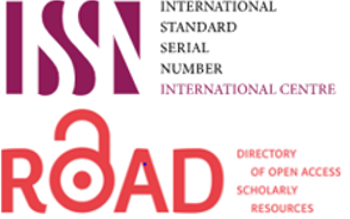Assessment of Factors Contributing to Abdominal Post-Operative Wound Infections in Sulaimani Teaching Hospital
DOI:
https://doi.org/10.58897/injns.v23i2.85Keywords:
Assessment; Contributing Factors; Postoperative; Abdominal Wound InfectionAbstract
Objectives: The study aims to assess some of the contributing factors to abdominal postoperative wound infection and
to find out the relationship between postoperative wound infections and some socio-demographic characteristics such as
age, gender, level of education, occupation and residential area.
Methodology: A descriptive study was carried out in Sulaimani Teaching Hospital (Kurdistan Region). The study has
started from January 15th up to October 31th, 2009. To achieve the study objectives, a purposive "non probability"
sample of (100) patients who have abdominal postoperative wound infection, Adult female and male patients who were
admitted to Sulaimani Teaching Hospital was selected.
The data were collected through the utilization of a constructed questionnaire. It contained (25) items, which consisted
of three parts: the first one consists of (8) items which included the demographic characteristics, the second part consists
of (8) items which included preoperative factors to surgical site infection (SSI) and the third part consist of (9) items that
included postoperative factors to (SSI). The content validity of the instrument was established through a panel of (23)
expert. Reliability of the instrument was determined through the split-half approach (r=0.92).
Data were gathered through interview technique by using the questionnaire format and they were analyzed by the
application of the descriptive and inferential statistical methods.
Results: The results of the study indicated that there is a significant relationship between some socio-demographic
characteristics and preoperative factors (age with Hb, and chronic disease) (gender, cigarette smoking, obesity,
occupation with Hb) (cigarette smoking, with obesity). Also, the results indicated that there is no significant relationship
between socio-demographic characteristics and postoperative factors.
Recommendations: Based on the study results, the researchers recommend that a further study could be carried out to
assess factors that contribute to wound infection during the operation to decrease rate of SSI, and guidance about
hygiene to decrease risk of infection.















